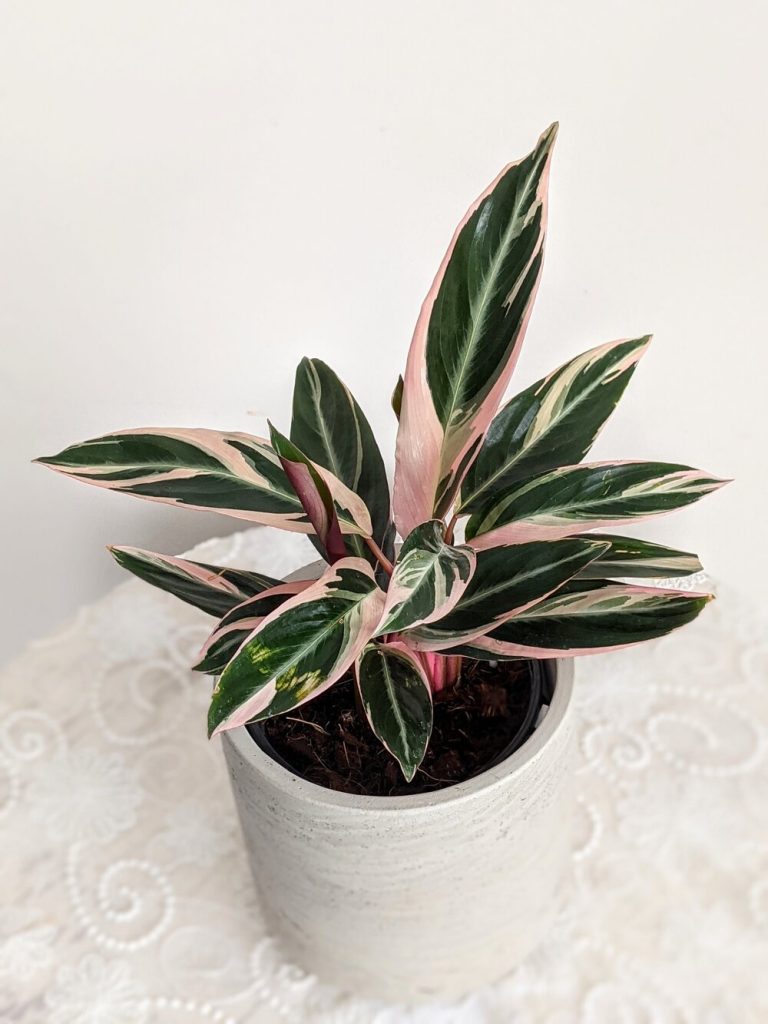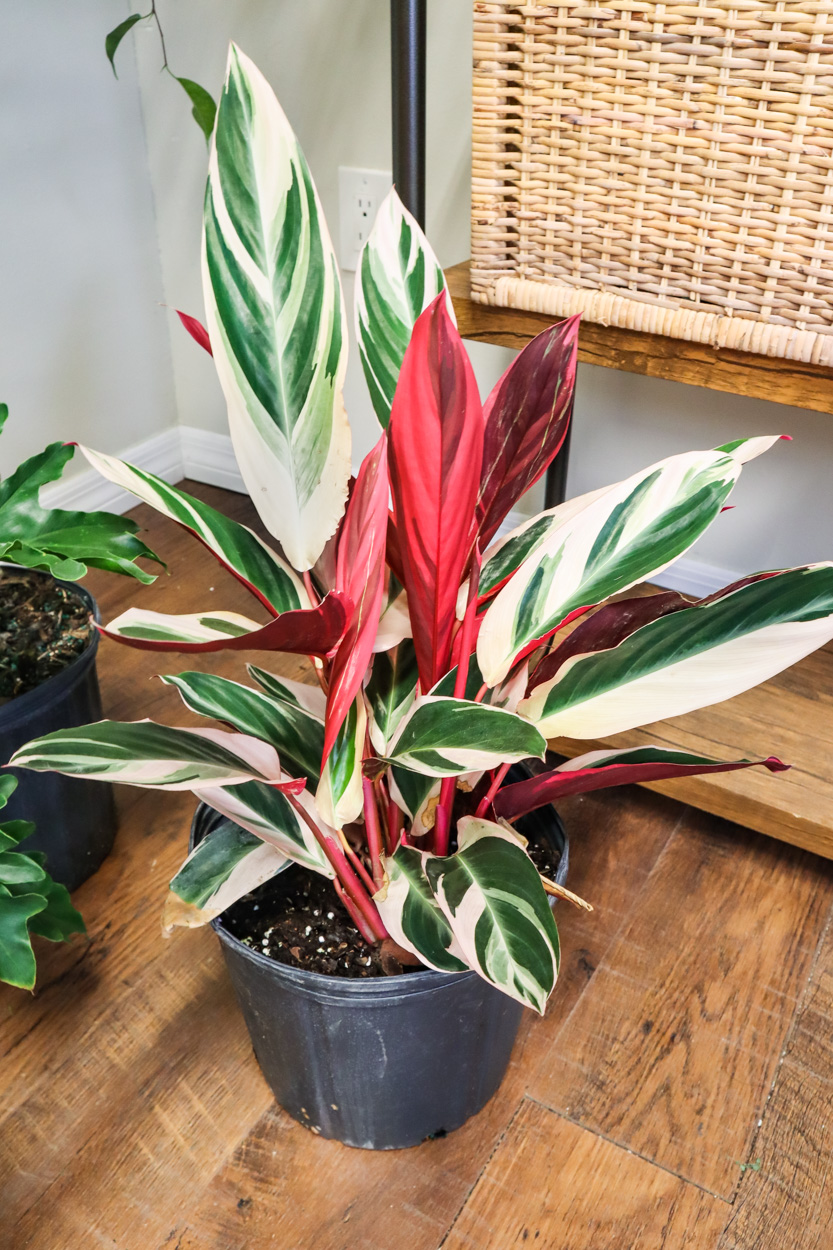Are you about to start your Stromanthe Triostar Propagation journey? Have you studied the different propagation methods and basic requirements the plant needs to thrive? Maybe you have even started your Stromanthe Triostar propagation and already have a little garden; what next to do you need?
Every Stromanthe Triostar grower must be familiar with common problems associated with the plant, their causes, how to fix them, and how to prevent them.
It can be frustrating to put effort and resources into propagating your Stromanthe Triostar and not seeing the effects of discovering that you may have to get rid of your plants because they are damaged. Unfortunately, some of these causes are a result of the negligence of the grower which over time would negatively affect the growth of the Stromanthe Triostar.
Regardless of whatever stage you are in during your Stromanthe Triostar propagation journey, you can never be too prepared to withstand problems you are likely to face during the course of nurturing your Stromanthe Triostar.
What are the common problems of Stromanthe Triostar?
The common problems of the Stromanthe Triostar include root rot, pest infestation, leaves wilting, getting yellow and Stromanthe leaves turning brown. Their causes, how to fix and prevent the problems have been provided for you.
The common problems of the Stromanthe Triostar and their causes have been outlined for you:
1. Root rot
Root rot is a condition of the Stromanthe Triostar that occurs when the roots are unable to absorb oxygen needed for thriving hence they start decaying till death.
The root is usually associated with soggy or water-logged roots. When the soil of your Stromanthe Triostar becomes waterlogged, the roots would start suffering and would be deprived of the ability to supply adequate nutrients needed for your plant to thrive.

The soil of your Stromanthe Triostar can become waterlogged due to overwatering, consistent heavy rainfall, and inappropriate pots or containers. Unfortunately, the signs of the root cannot be easily identified until the foliage appearance starts to change.
Root rot is usually identified when the growth of your Stromanthe Triostar becomes stunted or their leaves start turning yellow. Note that upon detecting root rot, manage it immediately as once a portion is an infection, it spreads to other parts of the plant.
2. Stromanthe Triostar leaves turning yellow
Stromanthe Triostar has an attractive foliage appearance; it is usually disheartening for their growers to discover a change in their foliage appearance. Stromanthe leaves turning yellow is a pointer to overwatering, severe pest infestation, poor temperature and lighting, and inadequate nutrients.
- Overwatering– When the soil is waterlogged, the plant is being deprived of sufficient nutrients. The nutritional deficiency from the roots takes its toll on the foliage appearance of the plants.
- Pest infestation– A severe pest infestation can damage your plants as the pests consistently sap out nutrients from the plant; this often leads to their leaves turning yellow.
- Poor lighting– When Stromanthe Triostar is deprived of adequate light, the leaves start turning yellow. In addition, some parts of the plant can get deprived of adequate light because they are overgrown and need to be pruned to allow for an even spread of light.
- Inadequate nutrients– Stromanthe Triostar is deprived of basic nutrients needed to thrive, the foliage appearance starts getting affected by the leaves turning yellow.
3. Stromanthe Triostar leaves turning brown
When the leaves of Stromanthe Triostar start turning brown, they are pointers to the following:
- Under-watering– If your Stromanthe Triostar is deprived of adequate watering needed to survive, the leaves would start turning brown and would look dried.
- Poor soil mix– If the soil chosen for your Stromanthe Triostar drains water easily, the roots may be deprived of the adequate amount of water needed to thrive. Some soils like sandy water are unable to retain water for long and this can be detrimental to the roots.
- Direct sunlight– The scorching heat and light from the sun can be too harsh for your Stromanthe Triostar. The adverse effect of receiving bright direct sunlight is the leaves turning brown.
4. Pest infestations
Stromanthe Triostar plants are mostly affected by aphids and spider mites. In severe cases of spider mite infestation, they sap nutrients from the plant and leave holes in the leaves.
Also, the leaves would turn yellow and then die. Spider mite infestation can be detected by looking out for tiny or yellow spots on the leaves and silky webs wrapped around the leaves.
An Aphid infestation would deplete the plant’s nutrients; this often results in stunted growth and change in foliage appearance as the leaves would start turning yellow.
5. Stromanthe Triostar leaves wilting
When the leaves of Stromanthe Triostar begin to drop and no longer look attractive and vibrant, it is a sign the leaves are wilting.
Wilting leaves is mostly caused by overwatering, under watering, pest infestation, temperature shock, direct sunlight, and over-fertilization.
How do I fix the common problems of Stromanthe Triostar?
Now that we’ve identified some of the problems Triostar Stromanthe plant parents may face, here are some simple ways to fix them.
1. How to fix Root rot
Since waterlogged soil is the cause of root rot, you would need to stay off watering your plant till your plant recovers and that is only if the plant is not too far gone from surviving.
If the damage can be managed, repot the plant and change the soil. In addition, ensure the pot to be used is a well-drilled pot or container. Check the moisture level to gauge how much water your Stromanthe Triostar needs
2. How to fix Stromanthe leaves turning yellow
To fix this issue, you must identify the reason the Stromanthe Triostar leaves are turning yellow because there are a number of reasons attributed to these problems.

If overwatering is the cause, allow the roots to recover if not damaged by staying off watering and repotting the soil. To supplement the nutritional deficit, employ the use of fertilizers but to gauge as excessive use can damage the plants.
Poor lighting can be fixed by choosing a location where your plant can receive bright indirect light. If this does not suffice, make use of artificial lights such as lamps. Do not allow pest infestations to linger as they can destroy your Stromanthe Triostar; make use of pesticides to control pest infestations.
3. Stromanthe Triostar leaves turning brown
Identifying the reason for your plant’s leaves turning brown is the first step to fixing it. If under watering is the cause, ensure the soil never dries out before watering it.
You can fix poor soil mix by changing to an organic soil mix that can retain enough water for the roots. Changing the position of the Stromanthe Triostar to a well-shaded area would prevent it from receiving direct sunlight.
Placing them amidst taller trees and plants can provide good shade for them.
4. Pest infestations
If pest infestation is not severe, you could spray off the Spider mites or Aphids with water. Employing the use of insecticides would get rid of the pests too. In severe cases of pest infestation, separate the damaged plant to prevent spread.
5. Stromanthe Triostar leaves wilting
To fix wilting leaves, identify what you are doing wrong so as to take effective steps in addressing the issue.
Unfortunately, if most of the leaves are wilting and have started drying up, you may have to get rid of the plant and start afresh.
Tips to nurturing Stromanthe Triostar
Here are some tips to take care of your Triostar Stromanthe plant.
- When pruning Stromanthe Triostar, ensure you use sterilized equipment to prevent the spread of pest infestations
- Separate infected plants from other plants to prevent the spread of pest infestation.
- Gauge watering to prevent under watering or overwatering.
- Ensure the soil is well-drained.
- Choose a well-drilled container that allows good drainage of water.
- Place your Stromanthe Triostar in a location where it can receive adequate lighting.
- Prune regularly to allow even spread of nutrients.
- Nip out damaged parts of the plant to allow faster growth.
- Repot the plant when necessary.
Final Note
Most of the problems of the Stromanthe Triostar can be averted if you take preventive measures early enough during the propagation process.
Also, with proper care and attention, your plant can always bounce back after a setback.

